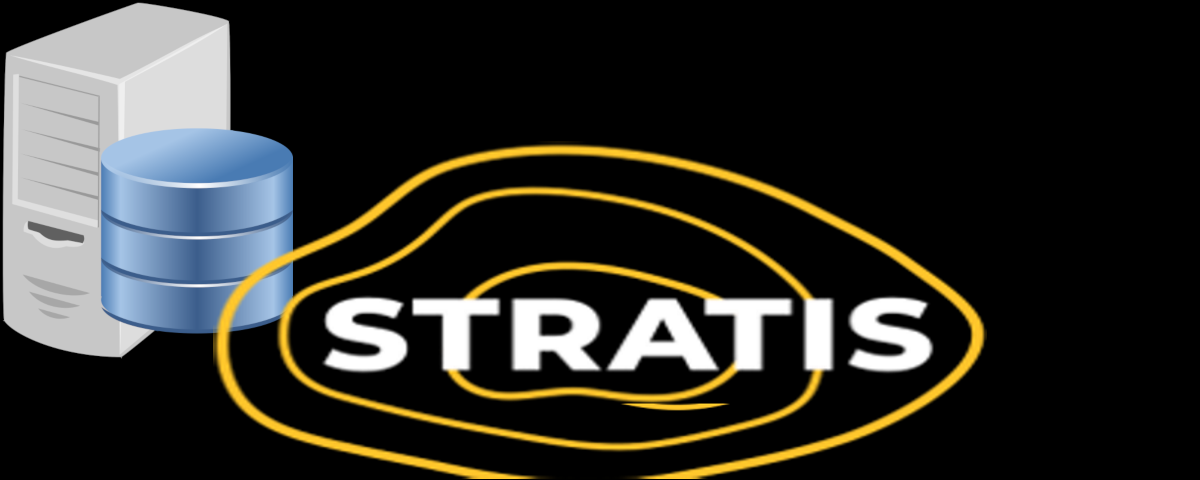
Recently the launch of the new version of the branch means from Stratis 3.0, which is a tool that is developed by Red Hat and the Fedora community to unify and simplify the configuration and management of a group of one or more local drives.
Stratis excels in providing capabilities such as dynamic storage allocation, snapshots, consistency, and caching layers. Stratis support has been integrated into the Fedora and RHEL distributions since Fedora 28 and RHEL 8.2.
The system largely replicates in its capabilities the advanced tools for managing ZFS and Btrfs partitions, but is implemented as an intermediate layer (stratisd daemon) that runs on top of the Linux kernel device mapper subsystem (dm-thin, dm-cache, dm-thinpool, dm-raid, and dm-integration modules) and XFS file system.
Unlike ZFS and Btrfs, Stratis components operate only in user space and they do not require loading of specific kernel modules. The project is initially presented as not requiring the qualifications of a storage expert for its management.
The D-Bus API and the cli utility are provided for administration. Stratis has been tested with LUKS-based block devices (encrypted partitions), mdraid, dm-multipath, iSCSI, LVM logical volumes, and a variety of hard drives, SSDs, and NVMe drives. With one disk in the pool, Stratis allows you to use snapshot-enabled logical partitions to revert the changes.
When you add multiple drives to a group, you can logically combine the drives in a contiguous region. Features such as RAID, data compression, deduplication, and fault tolerance are not yet supported, but are planned for the future.
Main new features of Stratis 3.0
In this new version of Stratis 3.0 it is highlighted that the significant change in the version number is due to the change in the interface for D-Bus control and especially at the end of support for interfaces FetchProperties in favor of the use of D-Bus-based properties and methods.
Regarding the changes that have been incorporated in this new version, we can find that add a udev rules check using libblkid before making changes.
In addition to this, it is also noted that the handling of events from DeviceMapper was reworked, a change was also made to the internal representation of error handlers.
On the other hand it is mentioned in the announcement that the developers they focused on this new branch having a redesign in the code to be able to revert the changes, which also allowed to specify a logical size when creating a file system.
It is also mentioned in the announcement of this new version of Stratis 3.0 that in the framework clevis, which is used to automatically encrypt and decrypt data on disk partitions, uses SHA-256 hashes instead of SHA-1, it is provided the user with the ability to change the passphrase and also have control of regenerating links to Clevis.
Finally if you want to know more about it about this new version, you can check the list of changes In the following link.
How to install Stratis?
For those who are interested in being able to try this tool, they should know that stratis is available for RHEL, CentOS, Fedora and derivatives. Its installation is quite simple, since the package is inside the RHEL repositories as well as its derivatives.
In order to install Stratis just run the following command in a terminal:
sudo dnf install stratis-cli stratisd -y
Or you can also try this other:
sudo yum install stratis-cli stratisd -y
Once installed on the system, must enable Stratis services, they do this by executing the following commands:
sudo systemctl start stratisd.service
sudo systemctl enable stratisd.service
sudo systemctl status stratisd.service
For more information on configuration and use, you can visit the following link. https://stratis-storage.github.io/howto/